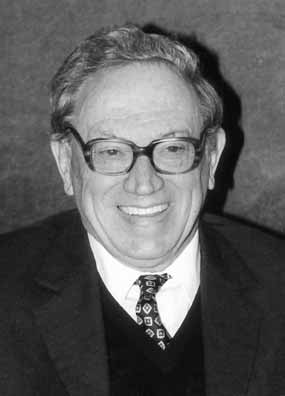Results from the Large Hadron Collider (LHC) at CERN point show that the rare B-meson to a muon and antimuon decays are consistent with the standard model. It was hoped that the details of these rare events would provide evidence of supersymmetry, at least for energies up to 8 TeV.
Researchers working on the LHCb experiment announced their results on Monday at the Hadron Collider Conference in Kyoto. A preprint is available on the arXiv.
However, this is not actually inconsistent with supersymmetry, the measurements are still compatible with some supersymmetric theories. For example, Prof. Gordon Kane argues that models based on superstring compactifications are quite compatible with the LHCb results. You can read more about this here.
The energy of the collisions at the LHC will be increased from the current 8 TeV to 14 TeV, which will be engineered over the 2013–2014 shutdown. It is possible that signals of supersymmetry may be found at this higher energy.
Right now it seems that the standard model has again passed at the tests, which include he discovery of the Higgs and the details of the rare B-meson decays.







